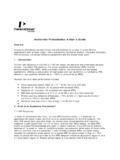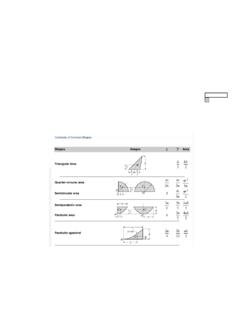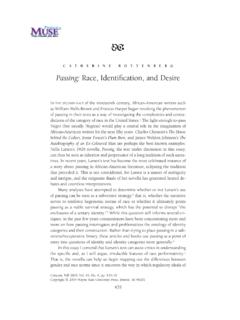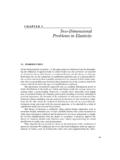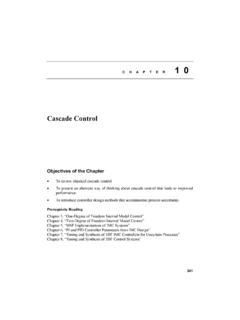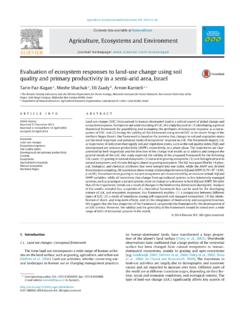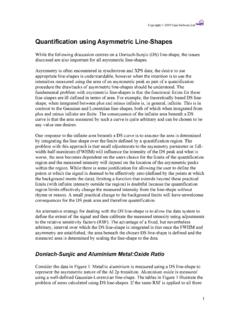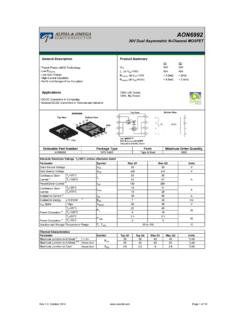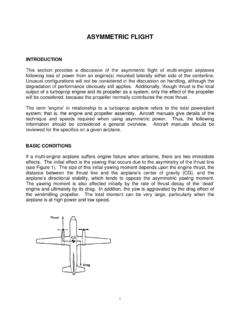Transcription of Estimating stock market volatility using asymmetric …
1 Downloaded By: [Shalit, Haim] At: 17:29 22 July 2008 Applied Financial Economics, 2008,18, 1201 1208 Estimating stock market volatilityusing asymmetric garch modelsDima Alberga, Haim Shalita,* and Rami YosefbaDepartment of Economics, Ben-Gurion University of the Negev, Beer Sheva,84105 IsraelbDepartment of Business Administration, Ben-Gurion University of theNegev, Beer Sheva, 84105 IsraelA comprehensive empirical analysis of the mean return and conditionalvariance of Tel Aviv stock Exchange (TASE) indices is performed usingvarious garch models. The prediction performance of these conditionalchanging variance models is compared to newer asymmetric GJR andAPARCH models.
2 We also quantify the day-of-the-week effect and theleverage effect and test for asymmetric volatility . Our results show that theasymmetric garch model with fat-tailed densities improves overallestimation for measuring conditional variance. The EGARCH modelusing a skewed Student-tdistribution is the most successful for forecastingTASE IntroductionVolatility clustering and leptokurtosis are commonlyobserved in financial time series (Mandelbrot, 1963).Another phenomenon often encountered is the so-called leverage effect (Black, 1976), which occurswhen stock prices change are negatively correlatedwith changes in volatility .
3 Observations of this type infinancial time series have led to the use of a widerange of varying variance models to estimate andpredict his seminal paper, Engle (1982) proposed tomodel time-varying conditional variance with Auto-Regressive Conditional Heteroskedasticity (ARCH)processes using lagged disturbances. Empiricalevidence based on his work showed that a highARCH order is needed to capture the dynamicbehaviour of conditional variance. The GeneralizedARCH ( garch ) model of Bollerslev (1986) fulfillsthis requirement as it is based on an infinite ARCH specification which reduces the number of estimatedparameters from infinity to two.
4 Both the ARCH andGARCH models capture volatility clustering andleptokurtosis, but as their distribution is symmetric,they fail to model the leverage effect. To address thisproblem, many nonlinear extensions of garch have been proposed, such as the ExponentialGARCH (EGARCH) model by Nelson (1991), theso-called GJR model by Glostenet al. (1993) and theAsymmetric Power ARCH (APARCH) model byDinget al. (1993).Another problem encountered when using garch models is that they do not always fully embrace thethick tails property of high frequency financial times-series. To overcome this drawback Bollerslev (1987),Baillie and Bollerslev (1989), and Beineet al.
5 (2002)have used the Student st-distribution. Similarly tocapture skewness Liu and Brorsen (1995) used anasymmetric stable density. To model both skewnessand kurtosis Fernandez and Steel (1998) used theskewed Student st-distribution which was laterextended to the garch framework by Lambertand Laurent (2000, 2001). To improve the fit of theGARCH and EGARCH models into international*Corresponding author. E-mail: Financial EconomicsISSN 0960 3107 print/ISSN 1466 4305 online 2008 Taylor & Francis1201 : By: [Shalit, Haim] At: 17:29 22 July 2008 equity markets, Harriset al.
6 (2004) used the skewedgeneralized Student st-distribution to capture theskewness and leverage effects of daily conditional variance with asymmetricGARCH models has been comprehensively studiedby Pagan and Schwert (1990), Brailsford and Faff(1996) and Loudonet al. (2000). A comparison ofnormal density with nonnormal ones was made byBaillie and Bollerslev (1989), McMillan,et al. (2000),Lambert and Laurent (2001), Jun Yu (2002) andSiourounis (2002).The purpose of this article is to characterize avolatility model by its ability to forecast and capturecommonly held stylized facts about conditionalvolatility, such as persistence of volatility , meanreverting behaviour and asymmetric impacts ofnegative vs.
7 Positive return innovations. We investi-gate the forecasting performance of garch ,EGARCH, GJR and APARCH models togetherwith the different density functions: normal distribu-tion, Student st-distribution and asymmetricStudent st-distribution. We also compare betweensymmetric and asymmetric distributions using thesethree different density forecast two major Tel-Aviv stock Exchange(TASE) indices: TA100 and TA25. To compare theresults, we use several standard performance mea-surements. Our results suggest that one can improveoverall estimation by using the asymmetric garch model with fat-tailed densities for measuring condi-tional variance.
8 For forecasting TASE indices, wefind that the asymmetric EGARCH model is a betterpredictor than the asymmetric garch , GJR andAPARCH article is structured as follows. Section IIpresents the data. In Section III, we present themethodology of the garch models used in thearticle. In Section IV, we describe the estimationprocedures and present the forecasting DataThe data consist of 3058 daily observations of theTA251index from the period 20 october 1992 to 31 May 2005 and 1911 daily observations of the TA1002index from the period 2 July 1997 to 31 May 2005 thatwere obtained from To estimateand forecast these indices, we use G@RCH byLaurent and Peters (2002), a package whose purpose isto estimate and forecast garch models and many ofits extensions.
9 The code written by Doornik (1999) inthe Ox programming language provides a dialog-oriented interface with features that are not availablein standard econometric software. To estimate theparameters, the G@RCH package uses theGaussian quasi-maximum likelihood (QML) modelby Bollerslev and Wooldridge (1992). Although someof the models estimated are not Gaussian, the QMLestimators were shown to be consistent assuming acorrect specification of the conditional mean and theconditional variance. To maximize the quasi like-lihood, the G@RCH package uses numericalgradients and the Broyden-Fletcher-Goldfarb-Shanno(BFGS) optimization MethodologyConditional heteroskedastic models are the basiceconometric tools used to estimate and forecastasset returns volatility .
10 In this section we reviewsuccinctly the different ARCH models used in a time series of asset returns whose meanequation is given byyt E ytjIt 1 "t, hereIt 1isthe information available at timet 1and"tare therandom innovations (surprises) withE("t) 0. Toexplain the conditional variance dynamics Engle(1982) proposed the autoregressive conditional het-eroskedasticity (ARCH) model that estimates thevariance of returns as a simple quadratic function ofthe lagged values of the innovations: 2t 0 Xqi 1 i"2t iwhere"t tztandztis random variable withmean zero and variance of the weaknesses of the ARCH model is thatit often requires many parameters and a high orderqto capture the volatility process.

